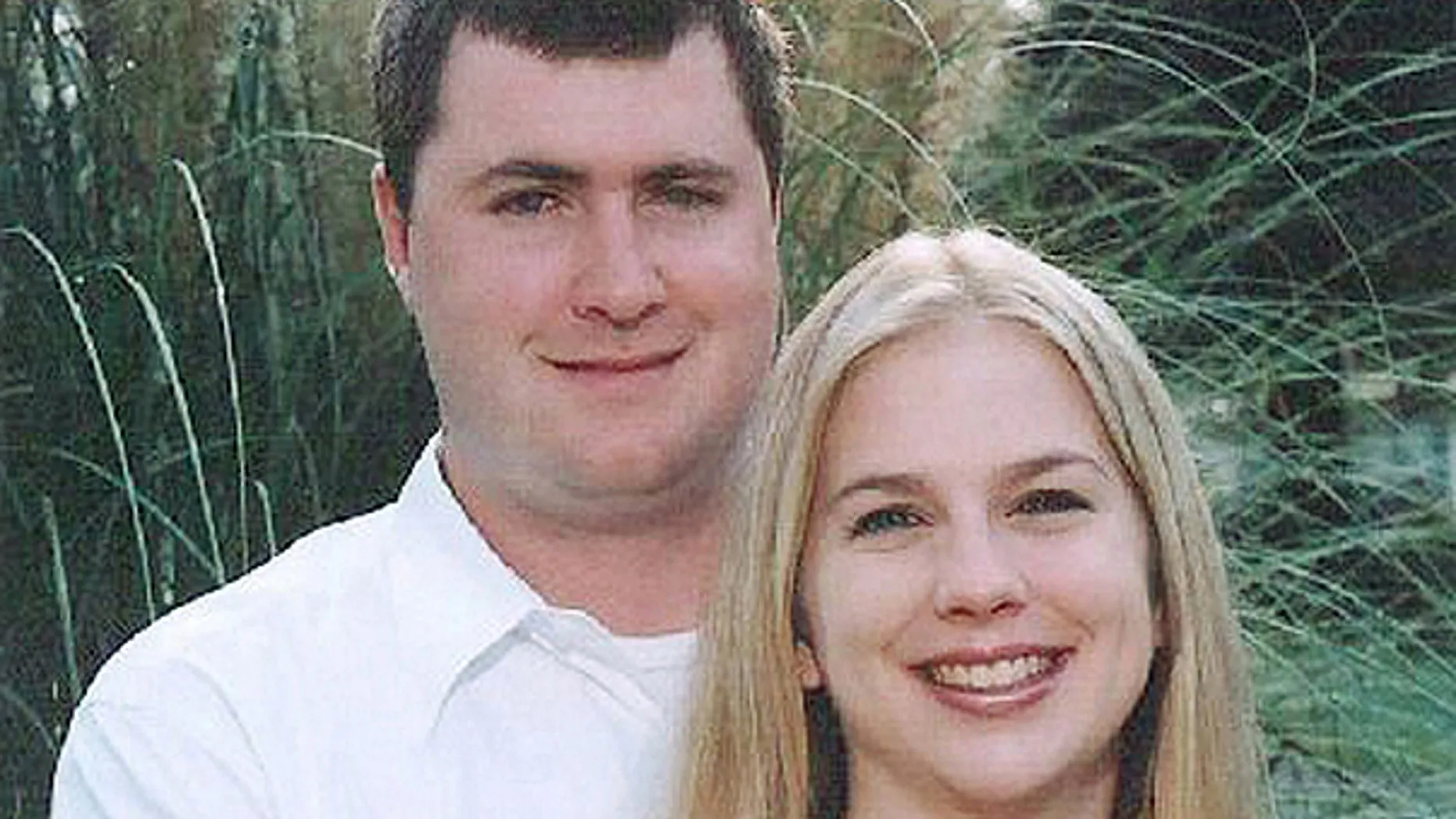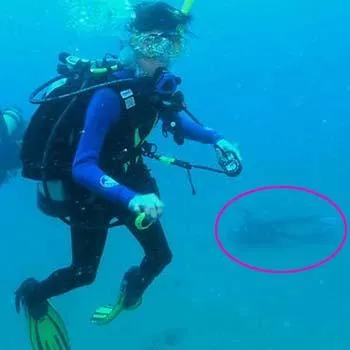The Honeymoon Dive’s Fatal Turn
In October 2003, a honeymoon trip to the Great Barrier Reef turned into a nightmare for Tina Watson. The couple, Gabe and Tina Watson, were on a diving excursion when Tina tragically lost her life. Initial reports suggested a diving accident, but as the investigation unfolded, the circumstances surrounding her death began to appear suspicious. The idyllic backdrop of the honeymoon quickly morphed into a scene of potential foul play, drawing investigators and the public into a complex case of alleged murder and deceit. The crystal-clear waters of the reef, once a symbol of romance and new beginnings, became a chilling reminder of the dark secrets that can lurk beneath the surface, leaving a lasting impact on the families involved and the wider community.
The Initial Investigation and Suspicion
The initial investigation into Tina Watson’s death in the waters of the Great Barrier Reef was swift but crucial. Dive instructors and authorities treated the event as a tragic accident, but several factors soon raised eyebrows. Gabe Watson’s behavior post-incident was scrutinized, along with inconsistencies in his statements. The speed with which he surfaced and his alleged lack of effort to rescue his wife were prime concerns. The fact that Tina was a relatively inexperienced diver while Gabe was more experienced, complicated the narrative. It led investigators to question the events that transpired in the depths of the ocean. These early observations set the stage for a deeper examination of the circumstances surrounding her death, shifting the focus from a simple accident to a potential crime.
Questionable Behavior After the Death

Following Tina’s death, Gabe Watson’s actions raised significant suspicion. His apparent lack of immediate distress or attempts to rescue his wife, given his experience, drew criticism. Witnesses reported that he acted calmly, a stark contrast to the expected grief of someone who had just lost their spouse. His focus on logistical matters, such as insurance and the return home, seemed premature and callous to those around him. These behavioral red flags prompted investigators to delve deeper into his actions, establishing a sense of unease and causing many to question the sincerity of his grief. This unusual demeanor, combined with other pieces of evidence, eventually led to the reopening of the case and the pursuit of justice for Tina Watson.
The Evidence That Emerged
The evidence that surfaced during the investigation played a pivotal role in building the case against Gabe Watson. Forensic examinations of diving equipment, witness testimonies, and expert analyses all contributed to painting a clearer picture of events. The condition of Tina’s equipment, the depth at which she was found, and the lack of air in her tank became critical details. Witness accounts of the dive and Gabe’s actions before and after the incident, provided context, while forensic analysis helped to reconstruct the sequence of events. The cumulative effect of this evidence suggested that Tina’s death may not have been an accident. The prosecution methodically presented this evidence, aiming to create reasonable doubt concerning the initial determination of accidental drowning.
The Insurance Policy and Financial Motives
Financial motives became a crucial aspect of the case against Gabe Watson. Investigators discovered a significant life insurance policy taken out on Tina Watson shortly before the honeymoon. The amount of the policy, combined with the timing, raised eyebrows. The details of the policy, which included substantial payouts in the event of accidental death, intensified scrutiny. Prosecutors argued that financial gain provided a strong incentive for Gabe Watson to orchestrate his wife’s death. The revelation of the insurance policy and the subsequent financial implications became a key element in the prosecution’s case. They emphasized the potential benefits Gabe stood to gain if Tina died. This aspect added weight to the argument that the tragedy was not a random incident but a calculated act motivated by greed.
The Queensland Coroner’s Findings

The Queensland Coroner’s inquest provided a crucial step in the legal journey surrounding Tina Watson’s death. The coroner reviewed all the evidence, heard testimonies, and meticulously examined the circumstances of the diving incident. The findings of the coroner were pivotal, formally concluding that Tina Watson’s death was not accidental, but rather the result of Gabe Watson’s actions. This determination was a turning point, paving the way for criminal charges. This finding was based on a comprehensive assessment of the available evidence. It played a major role in determining whether there was sufficient basis to proceed with criminal charges. The coroner’s report thus transformed the case from a diving accident to a potential homicide, setting the stage for the next phase in the pursuit of justice.
The Murder Trial in Queensland
The murder trial in Queensland put the case against Gabe Watson before a jury, presenting all the accumulated evidence and legal arguments. The prosecution laid out a clear case, showing the alleged premeditation and the actions of Gabe Watson during the dive. They highlighted his suspicious behavior and the financial incentives he possessed. The defense argued for reasonable doubt, questioning the evidence and emphasizing the possibility of an accident. The courtroom proceedings involved lengthy witness testimonies and expert analyses. The jury had to weigh all the information. The trial was marked by intense legal wrangling, emotional testimonies, and media attention. The ultimate decision of the jury would determine the fate of Gabe Watson and the course of justice for Tina Watson.
The Guilty Verdict and Sentencing
The jury’s guilty verdict marked a significant moment in the case against Gabe Watson, concluding that he was responsible for the death of his wife. The sentencing phase followed the verdict, determining the punishment for the crime. The severity of the sentence reflected the gravity of the crime and the court’s view of the circumstances. Factors considered during sentencing included the premeditation of the murder, the victim’s vulnerability, and Gabe Watson’s lack of remorse. The court’s decision resulted in a prison sentence. The guilty verdict and sentencing brought a measure of closure for Tina Watson’s family. While it could not undo the tragedy, it did provide some justice. It acknowledged the wrong done and held Gabe Watson accountable for his actions.
The Appeal and Subsequent Developments

Following the initial conviction, Gabe Watson pursued an appeal, seeking to overturn the guilty verdict and the imposed sentence. The appeal process introduced further legal complexities. Arguments were based on alleged errors during the trial or on new interpretations of the evidence. The appeal was closely watched, and it reflected the continued scrutiny of the case. This appeal process took place in the higher courts. It highlighted the legal intricacies involved in overturning a criminal conviction. The appeal outcome would determine whether the original verdict would stand, leading to the upholding of the sentence or to a retrial or even an acquittal.
The Appeal Outcome
The outcome of the appeal process decided whether the original guilty verdict against Gabe Watson would be upheld or overturned. The appellate court reviewed the lower court’s decisions and assessed the arguments made by both the defense and the prosecution. The final ruling would be crucial, as it either affirmed the original decision or altered the course of the case. The appeal outcome also had broader implications for the legal process, setting precedents or clarifying points of law. If the appeal was successful, it could lead to a retrial or a modified sentence. If the appeal was denied, the original conviction and sentencing would remain in effect, bringing closure to the legal proceedings.
Later Developments and Parole
Subsequent developments and the potential for parole added further layers to the case. Parole considerations depend on the length of the sentence, the prisoner’s behavior, and the policies of the correctional system. The possibility of Gabe Watson’s release stirred strong emotions and generated renewed debate about justice and forgiveness. The parole decision process involved assessing whether Gabe Watson had shown remorse, complied with prison regulations, and posed a future risk to the community. Later developments included ongoing media coverage and the continued impact on the victim’s family, which provided emotional complexities. The final decision whether to grant parole, had far-reaching consequences for all involved in the tragedy.
The Impact on Tina Watson’s Family

The tragic events surrounding Tina Watson’s death and the subsequent legal proceedings had a profound and lasting impact on her family. They endured immense grief, the strain of the investigation, and the emotional toll of the trial. The loss of Tina and the circumstances of her death caused long-term effects. This included profound psychological damage. Throughout the legal process, the family demonstrated a commitment to seeking justice for Tina, while also trying to come to terms with their loss. They played an active role in the media coverage, and their voices were an important part of the story. The family’s journey reflects the enduring struggle of those left behind. They had to cope with their sorrow and seek justice while honoring the memory of their loved one.
